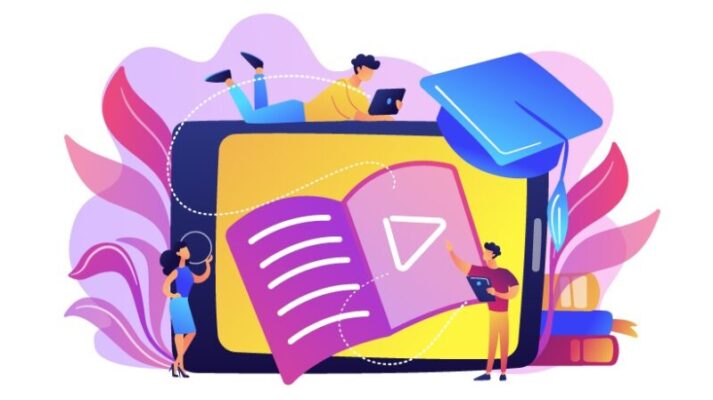
The Top 6 Technology Innovations for Education
Last updated on June 23rd, 2022 at 04:24 am
All sectors of the economy are going through a massive change due to advancements in technology. Encouraging thing is that the world will be a better place with all these technological changes in different sectors. With no exception, technology has a huge impact on education sectors as well.
Classrooms have changed entirely and new methods are incorporated to teach students. As sites that do homework for money, the education field develops as well. The following are six major technological innovations that have changed the education sector in a better way.
1. Virtual Reality:
VR (virtual reality) is a hot topic in modern technological discussions. Big giants of the tech world that include Google, Samsung, Oculus (Facebook backing), Sony, and many more are preparing themselves for a brutal war over this technology.
In the education sector, VR has a key role to play in providing students a 3D world to learn and practice. Google has taken lead in launching experiential learning using virtual technology in different schools.
2. Machine Learning and Artificial Intelligence:
Artificial intelligence and machine learning are considered to be the next big thing in the technological revolution. In educational institutes, artificial intelligence is being used to automate several activities that include grading, feedback on improvement areas of students.
This technology has also helped to talk about the possibility of personalized education special for the student with special needs. The individual needs of the students can be understood better based on the adaptive programs developed through machine learning. There is an option of AI tutors available now as well.
3. Cloud Computing:
Cloud computing has allowed people to access all educational resources from any part of the world anytime. Educational institutes can use their cloud terminal to store lessons videos, assignments, and books for students. It allows students the flexibility of data access from the comfort of their homes without much worry.
4. 3D Printing:
3D printing has made a possible 3D model that is used to teach students the lessons that were previously taught through books only. A 3D model makes the understanding of a key subject simple and easy. Just to explain, engineering and medical education are getting full advantage of 3D printing technology to better learn prototypes for the development of final systems. The 3D model has made it possible to make a concept a reality.
5. Social Media:
The next technological innovation that has a massive effect on education is social media. As most of the social networking websites were developed by college students and the first users of these sites were also campus friends and colleagues.
With social media at the fingertips of everyone around the globe, the collaboration between students and different educational institutes has become easy. You can use these sites for learning and exploring more about things going on in different educational institutes of the world.
6. Biometrics:
The introduction of biometric systems in schools and colleges has reduced cheating, fraud, and truancy. Some of the important biometric methods being used in different schools are voice recognition, fingerprints, facial recognition, and eye-tracking. These methods have helped schools to maintain discipline and streamline operations of the institute.
Read Dive is a leading technology blog focusing on different domains like Blockchain, AI, Chatbot, Fintech, Health Tech, Software Development and Testing. For guest blogging, please feel free to contact at readdive@gmail.com.
